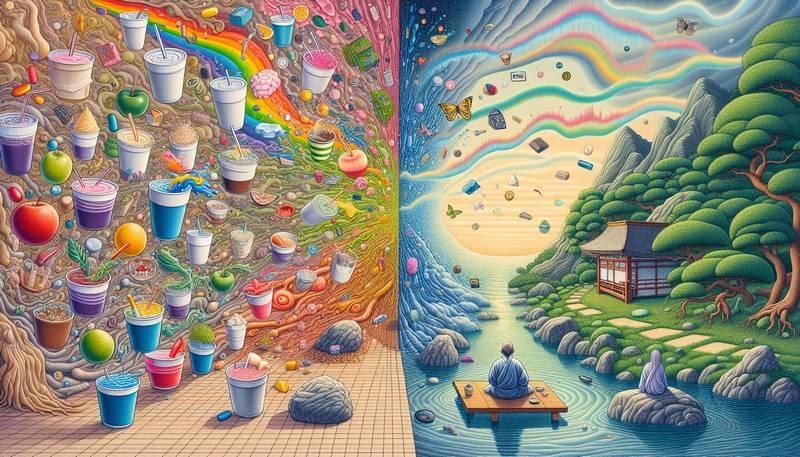In a world where even your morning coffee comes with an array of flavors that sound like a spell from a wizarding school, finding calm can feel as elusive as locating a matching sock. Amid the hustle and bustle of buzzing notifications and the constant background hum of society, the art of creating tranquil environments is more vital than ever. It’s like preparing a delightful salad: you need the right ingredients, a pinch of patience, and maybe a few croutons for crunch.
Understanding Sensory Overload
Sensory overload occurs when one’s senses are hit with too much information at once—like trying to eat spaghetti while juggling flaming torches. It can manifest through loud noises, chaotic visuals, or even the scent of Aunt Gladys’ mystery casserole wafting through the air. While some people thrive on this chaos, others are left feeling as if their brain is stuck in a game of whack-a-mole.Common signs of sensory overload include:
- Difficulty concentrating
- Increased irritability
- Physical symptoms like headaches
- Feeling overwhelmed or anxious
Recognizing these signs is crucial for both individuals experiencing overload and those creating environments for them. Designers need to channel their inner zen master to make spaces that promote serenity.
The Importance of Calming Spaces
Creating calming spaces isn’t just about throwing in some houseplants and calling it a day. It's a fine art that requires thoughtfulness and strategy—like a chess game where the pieces are made of cotton candy and the board is an inflatable bounce castle. The goal is to strike the right balance that allows for both functionality and comfort, transforming a chaotic environment into a sanctuary.Incorporating calming elements can lead to:
- Improved focus and productivity
- Reduced stress and anxiety levels
- Enhanced well-being and overall comfort
In light of these benefits, creating spaces that reduce sensory overload becomes not only a thoughtful design choice but also an essential one for fostering healthier environments.
Elements of a Calming Environment
Designers have a toolkit akin to that of a superhero—only instead of capes and masks, they wield colors, textures, and lighting. Here are some key components that help craft these blissful environments:
- Color Palette: Soft, muted hues evoke a sense of tranquility. Think of gentle pastels or subtle earth tones, rather than neon signs that scream for attention.
- Lighting: Natural lighting is like the ultimate backstage pass to relaxation. Consider large windows or soft lamps instead of fluorescent lights that make you feel like you’re in a high school gymnasium.
- Acoustic Considerations: Incorporating sound-absorbing materials can help diminish chaos. Imagine a world where the sounds of cars and clattering dishes are muted to a gentle hum, like the background music in a cozy café.
- Textures: Soft fabrics and natural materials create a comforting atmosphere. No one wants to be surrounded by textures that remind them of sandpaper or the inexplicably prickly sweater gifted by that one relative.
Each of these elements contributes to a sanctuary that promotes relaxation and peace.
Design Tips for the Overloaded
For those tasked with creating these delightful havens, here are some tips that might just save the day (or at least make it a bit more manageable):
- Minimize Clutter: A tidy space is a happy space. Consider storage solutions that seamlessly blend into the environment, making it look less like a tornado passed through.
- Zones for Rest: Create designated areas for relaxation through comfortable seating, inviting corners, or even small napping pods—because who doesn’t love a good nap when the world feels like it’s spinning too fast?
- Incorporate Nature: Bringing elements of the outdoors inside—plants, water features, or even nature-inspired decor—can have a calming effect, as long as nobody steps on a rogue Lego piece along the way.
Remember, it’s about creating spaces that allow individuals to escape the clamoring chaos of everyday life.
Finding Your Calm
Crafting an environment that promotes peace is no easy task, but it’s well worth the effort. Like baking the perfect loaf of bread, the outcome can be incredibly rewarding—especially when you realize the smell of fresh-baked bread is much more pleasant than the scent of sensory overload.In the quest for calm, every effort counts. So go forth, design the serene spaces people crave, and let tranquility be your guiding star—while wearing sandals, of course, one must be comfortable in their pursuit of peace.







